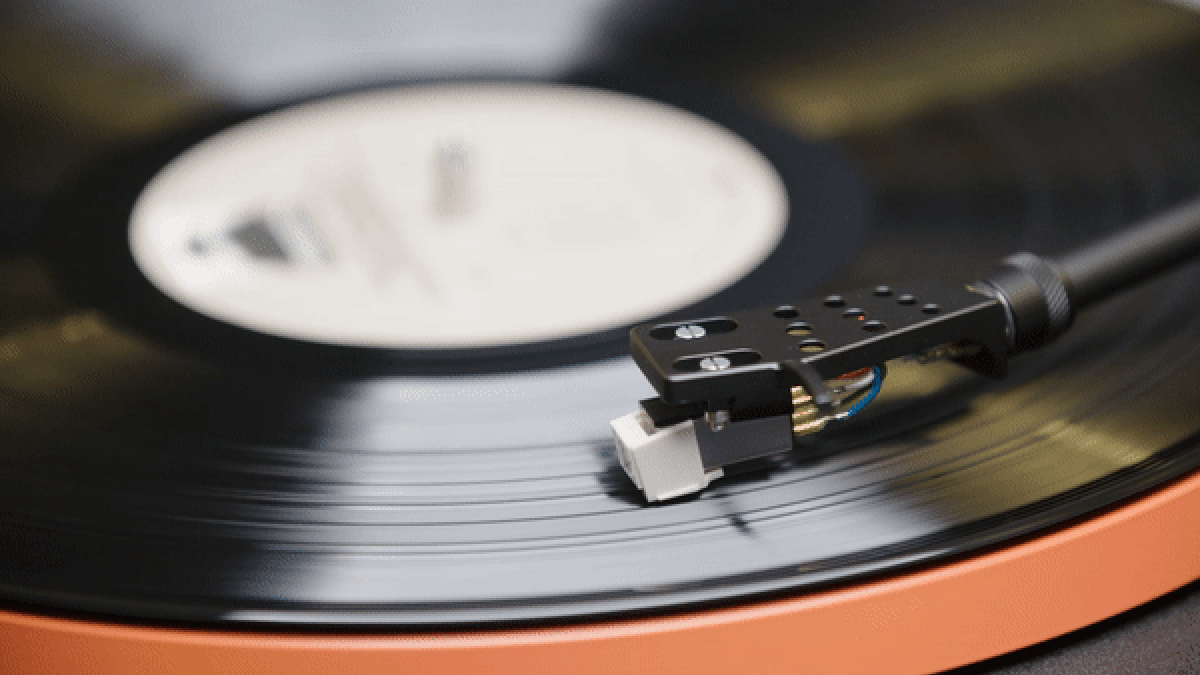
JBL recently did something somewhat out-of-the-box and experimental: launching its first-ever wireless turntable. It’s called the Spinner BT, and released it a couple of weeks ago, just in time for the holiday season.
Advertisement
The BT Spinner has what JBL calls a “modern yet retro feel.” This device aims to “elevate your space, “targeting Gen Z and millennials. It’s trying to take a modern take on turntables and emphasizing how it will notably up your home decor game.
Apart from the design, the Spinner’s Bluetooth functionality gives it the modern edge over most other turntables in the industry, as well as the ones we’ve seen in the past couple of decades. It features Bluetooth 5.2 and can connect wirelessly to your speakers, soundbars, and headphones. There’s also an analog output for a wired connection.
JBL oversold the device’s aesthetic a bit, especially by making it one of its biggest selling points. It’s marketed as ‘sleek,’ if anything, the Spinner’s build is actually a little bulky. It occupied more space than I’d expected (and liked) on my TV console and aesthetically paled compared to the speaker I paired it to, the gorgeous Authentics 300—another recent JBL release I’ve been using for a few weeks.
With sharp edges and a huge matte slab of MDF, the Spinner’s plinth is far from what most would consider flashy or sleek. At 11.7 lbs, it’s considerably heavier than Sonos’ 8-pound Pro-Ject T1 Phono SB turntable. The textured exterior on the plinth’s front looks like the only area where the company tried to integrate some aesthetics. The rest of the body feels like it was made in a hurry. The Spinner isn’t unpleasant enough to make your living room look bad, but it might not “elevate your space” how it said it would.
The Spinner is extremely straightforward to use and designed so that any turntable beginner can get the hang of it within seconds. It offers a relatively simple control panel on its back and two buttons on the front. The rear control panel sports two ports for wired/analog outputs (L and R), a pre-amp toggle switch, a small, protruding pairing button, an auto-stop/start toggle switch, a power inlet port, and a power button. I love how every button had a completely different feel, making the panel incredibly easy to use. After a few uses, I got used to how each button felt and could navigate them without looking at its rear side.
Similarly, it was easy to set it up, too. Well, or at least for a Gen-Z person who’s relatively good with tech. It comes with everything you need, and all you have to do is follow the six-step assembly process in the manual. I find following manuals a chore, but this one didn’t feel like one. There was no unnecessary or excessive jargon. Everything was brief and to the point, with helpful pictures.
The calibration process was just a little more complicated than the setup process, and it took more than just the manual—a video tutorial—for me to get it done, but it wasn’t tough, either.
I listened to everything from Mozart’s symphonies to some Gillian Welch and Declan McKenna on this for days and genuinely enjoyed my experience. The raw, crude texture of the sound was pretty apparent. I liked how even the wireless connection didn’t result in enough audio quality loss to remove the essence of the vinyl feel. That was a legitimate fear of mine, seeing how the Spinner only works via external audio peripherals. My roommate, a professional musician, was also fairly disappointed to learn that and found it surprising that a record player doesn’t produce any sound of its own. There also isn’t a 3.5mm jack on it, which is a real bummer for folks who like to go to sleep listening to music on the record player via their wired earphones.
Thankfully, the connection to the speakers was seamless and smooth. And since it amplifies what the Spinner initially sounds like, it retains that vinyl playback effect you’d pay $400 for. I loved the dramatic feel of Mozart’s tracks that it helped bring out. While at it, I also learned some beginner scratch tricks from a DJing tutorial on YouTube and had fun practicing the scribble and the drag.
The Spinner did a pretty good job sparking my interest in record players, and that’s a huge win in my book. As a turntable newbie, I went into this product with many expectations and was thoroughly impressed. I could set it up and calibrate it easily without reading long, boring online tutorials. The controls were intuitive and straightforward, and it almost didn’t feel like the device was foreign to me.
More importantly, the sound had that classic, vintage feel that record player enthusiasts can’t stop talking about. The subtle hisses and whirs were what made the listening experience so enjoyable. It was like a uniquely vintage experience packaged into a modern, contemporary build.
I will add, though, that I still don’t see myself spending $399 on this, considering the competitor brand, Audio Technica, has premium offerings for way under $300. And I’m finding it even harder to justify the extra cost for Bluetooth, considering the omission of a wired 3.5mm connection feels like more of a limitation than how big of a perk the inclusion of Bluetooth feels. This won’t make hardcore audiophiles happy either, as they’d prefer onboard sound over the slight loss in audio quality that connecting the Spinner to a Bluetooth speaker would lead to.
The Spinner isn’t bad for JBL’s first stab at a turntable, but the company would have to offer more incentive to justify their steep price point in their next record player (if that ever happens).
Services Marketplace – Listings, Bookings & Reviews